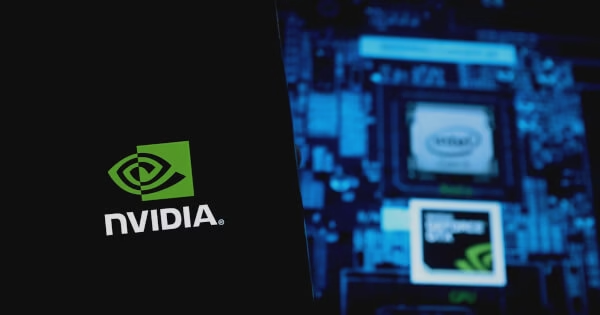Ted Hisokawa
21 November 2024 at 20:20
Explore best practices for leveraging RAPIDS and Dusk for multi-GPU data analysis, memory management processing, computing efficiency, and accelerated networking.
As data-intensive applications continue to grow, leveraging multiple GPU configurations for data analysis is becoming increasingly common. This trend is fueled by the need to enhance computational power and efficient data processing capabilities. according to Nvidia blogRAPIDS and Dask offer a powerful combination for such tasks, providing a set of open source, GPU-accelerated libraries that can efficiently handle large-scale workloads.
Understanding RAPIDS and Dask
RAPIDS is an open source platform that provides libraries for GPU-accelerated data science and machine learning. It works seamlessly with Dask, a flexible library for parallel computing in Python, to scale complex workloads across CPU and GPU resources. This integration allows for efficient data analysis workflows, using tools like Dask-DataFrame for scalable data processing.
Key challenges in multi-GPU environments
One of the main challenges in using GPUs is managing memory pressure and stability. Although GPUs are powerful, they generally have less memory compared to CPUs. This often requires off-core execution, where workloads exceed available GPU memory. The CUDA ecosystem helps this process by providing different types of memory to serve different computational needs.
Implement best practices
To optimize data processing across multi-GPU setups, several best practices can be implemented:
- Backend configuration: Dask allows for easy switching between CPU and GPU backends, allowing developers to write hardware-independent code. This flexibility reduces the overhead of maintaining separate code bases for different devices.
- Memory management: Proper configuration of memory settings is critical. Use RMM (RAPIDS Memory Manager) options such as
rmm-asyncandrmm-pool-sizeIt can improve performance and prevent out-of-memory errors by reducing memory fragmentation and pre-allocating GPU memory pools. - Network acceleration: Leveraging the NVLink and UCX protocols can dramatically improve data transfer speeds between GPUs, which is critical for performance-intensive tasks like ETL processes and data shuffling.
Improving performance through accelerated networks
Dense multi-GPU systems benefit greatly from accelerated networking technologies such as NVLink. These systems can achieve high bandwidth, which is essential for efficient data transfer across devices and between CPU and GPU memory. Configuring Dask with UCX support enables these systems to perform optimally, increasing performance and stability.
conclusion
By following these best practices, developers can effectively leverage the power of RAPIDS and Dask to analyze multi-GPU data. This approach not only enhances computational efficiency but also ensures stability and scalability across diverse hardware configurations. For more detailed instructions, see dask cuDF and Dask-CUDA best practices Documents.
Image source: Shutterstock


